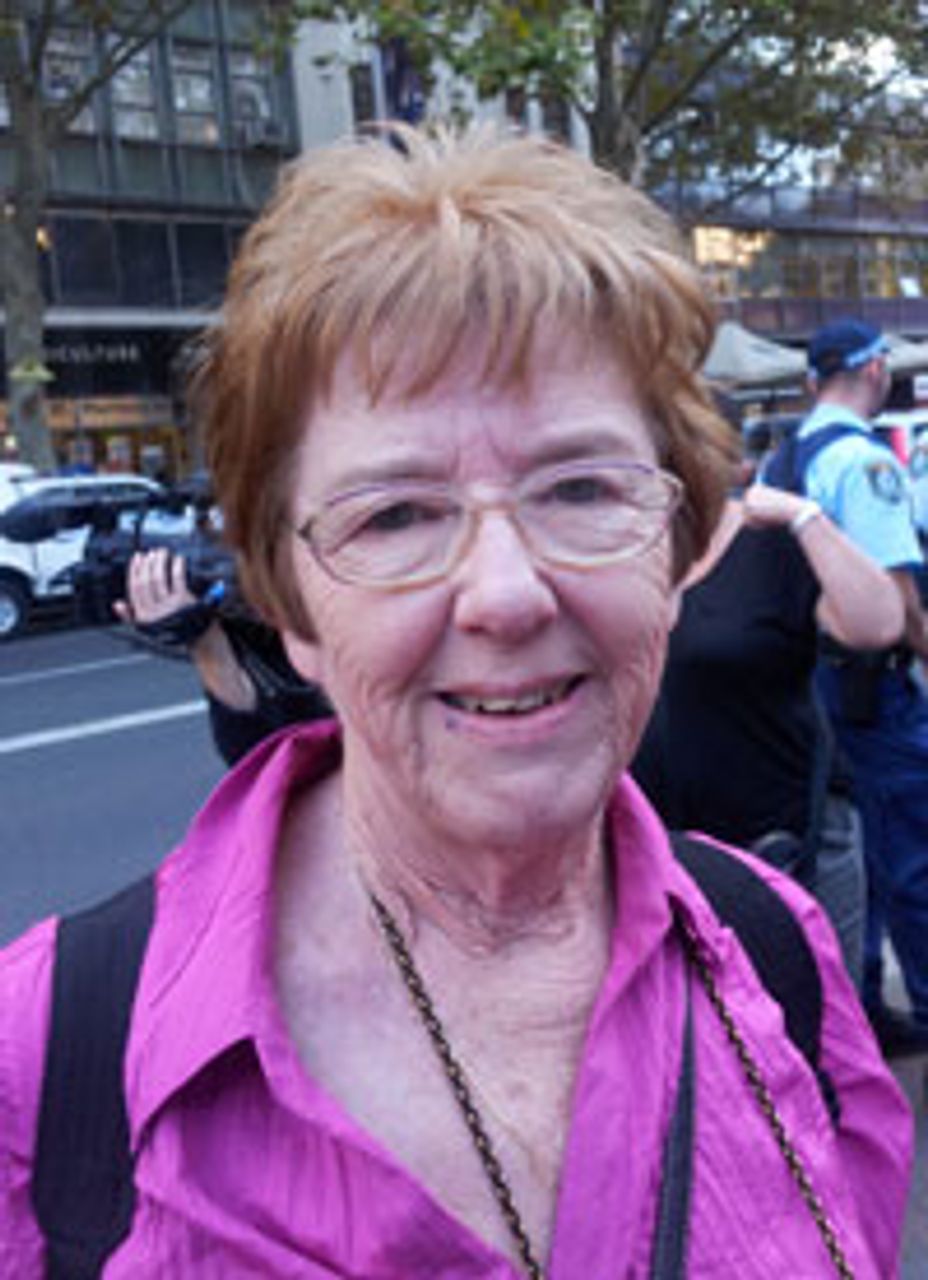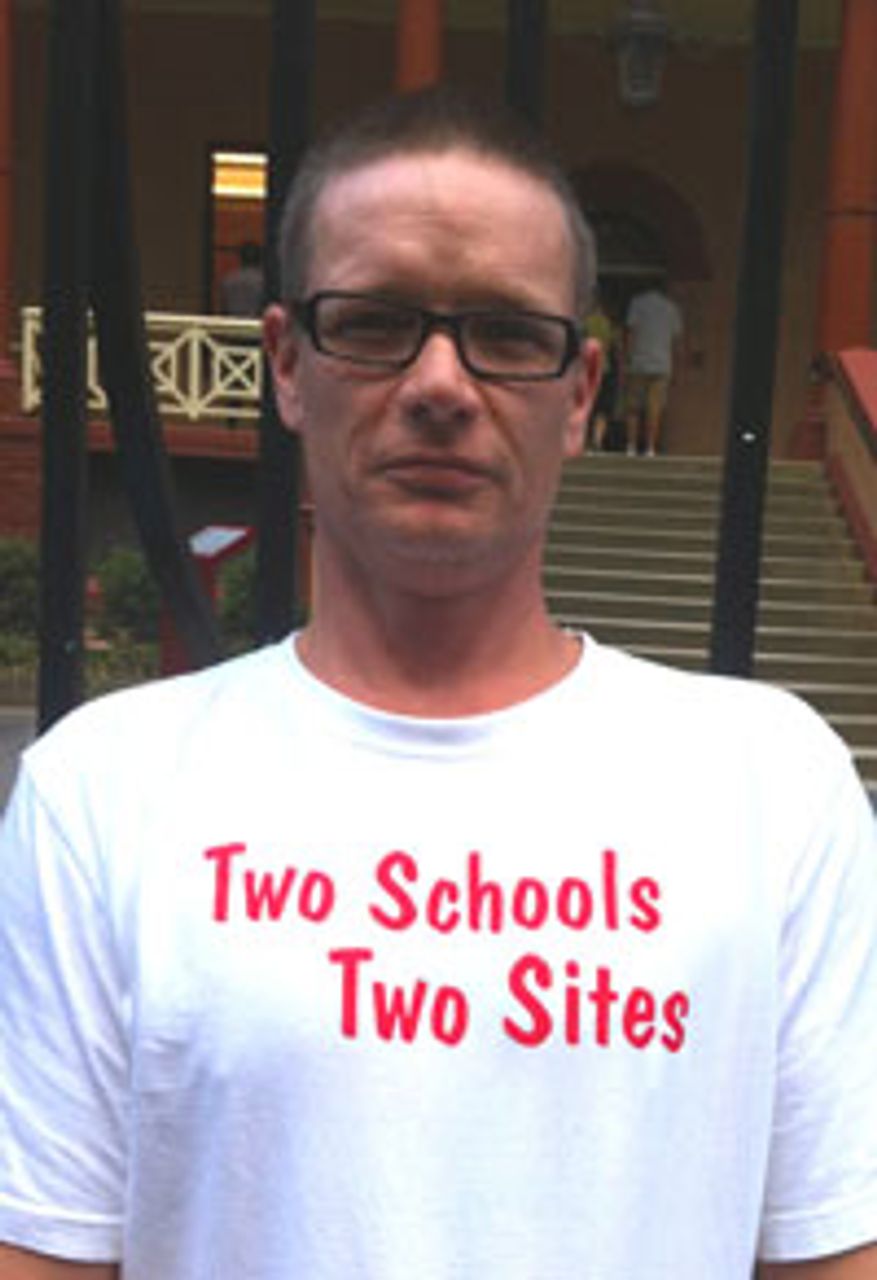Parents and teachers rallied outside the New South Wales parliament in Sydney last week to deliver a petition containing over 10,000 signatures opposing the state government’s plan to amalgamate two schools in the NSW central coast region—Gosford Public and Henry Kendall High.
The proposed merger of the primary and secondary schools is part of a wider cost-cutting agenda set in motion by the previous state Labor government—a drive that has been intensified by the current Liberal-National Party government of Premier Barry O’Farrell and the federal Labor government of Prime Minister Julia Gillard. According to recent media reports, five other schools in NSW were closed down at the end of last year and four others are under review.
In June 2010, the previous state Labor government unveiled a plan to sell Gosford Public, established in 1865 and located in Gosford’s central business district on prime waterfront land.
Labor’s education minister Verity Firth denied it was a cost-cutting measure. But the sell-off was in line with a Boston Consulting Group (BCG) report aimed at eliminating a projected $1 billion “black hole” in the education budget. The BCG report said $450 million could be saved by closing 80 primary and 20 high schools. It cynically advised the government to dress the closures up as “part of a broader school regeneration or building schools for the future program.”
Accordingly, the Labor government claimed its Gosford Public decision was based on the “very small size” of the school site and the fact that the school was slated to lose its longstanding access to playing areas due to planned redevelopment by Gosford City Council. The reality is that the merger plan will cram two schools into 4.65 hectares—half the government’s own guidelines for minimum school land sizes.
Likewise, parents and students of Henry Kendall Special Needs Unit, which will be moved to make way for the primary school, were promised state-of-the-art buildings and equipment. They have since been informed that the unit will be relocated in refurbished technology rooms in a building that is on the state’s asbestos register.
However, the central concern of speakers at the rally, which was dominated by representatives of the NSW Teachers Federation and the Greens, was to divert the anger of parents into futile appeals to parliament.
Teachers Federation president Maurie Mulheron accused the NSW treasury of “overriding the needs of students” but made no mention of the overarching role of the Gillard government, whose pro-market “education revolution” is being implemented by the state government.
Greens Legislative Council member John Kaye promoted the illusion that the petitions would have an impact on the state government and give it a “chance to show that it is interested in public education.” Kaye is the author of a Save Gosford Public School Bill, which in reality accepts the government’s right to sell off the school. The bill calls for “the Minister to attend a meeting with the local community to discuss alternative sites and to consider their submissions before making any decision.”
Far from governments changing course, school closures are bound up with a broader assault on public education. Over the past decade, the number of government schools nationally fell by 223, while the number of Catholic and Independent schools increased by 12 and 79 schools respectively. The chronic under-funding of government schools is driving parents to conclude that they must enrol their children in private schools, and pay escalating fees, to secure a decent education.
These pressures have been deliberately ratcheted up by Gillard’s “education revolution”, which features constant national literacy and numeracy (NAPLAN) testing of students, and the My School web site, designed to target allegedly “under-performing” schools. Parents who can afford to do so are shifting their children to private schools or better-resourced government schools in wealthier areas.
In the latest instalment in Gillard’s program, the NSW and other state governments have begun to implement federal Labor’s “Empowering Local Schools” plan. In the name of greater school autonomy, it gives principals increased powers over teachers and other staff, making them responsible for achieving further budget cuts and making schools compete for students and resources.
Another aspect of this agenda is to increasingly subordinate education to the needs of the corporate elite. This is also evident at Gosford, where government officials have dismissed parents’ objections about over-crowding in the merged school by pointing to expectations that enrolments at the high school will halve by 2015 due to a new school, Kariong Mountains High School, opening nearby.
This school is one of nine being built under the state government’s Public Private Partnership scheme. According to the school’s web site, it has formed a partnership with a company, RAMM Botanical, which will “provide work experience and work placements for students.” Among other benefits that the business will obtain is the use of the school’s greenhouse project as a training facility for its own employees.
The teachers’ unions and Greens have no fundamental opposition to the restructuring of education in the interests of business and are seeking to divert the opposition to school closures into harmless parliamentary channels. Some of the parents and teachers at the rally who spoke to the World Socialist Web Site voiced concerns about the underlying pro-business agenda.
 Vera Hunter
Vera HunterVera Hunter explained: “I’m a grandmother of a child who’s at the school where they’re being forced to go, from a really wonderful site, to be squashed in with a high school. This seems to be part of a thing that governments are doing now. I know from reading the Boston Consulting Group report, they’re global people who are just trying to help governments save money. Education for children is much more important than trying just to save money and I feel very strongly about it.
“The primary school children will just be put in with the high school. The high school upstairs and the primary downstairs, and we don’t think the two should mix at all. And what do we do about the playground? According to the plan, they [the students] will be like sardines squashed into a tin.”
Hunter commented: “This is part of a broader attack on public education. As a grandmother I’m concerned about the money going to the private schools and the public schools are being starved of money. Public schools are becoming the poor cousins in education and that’s not right. The government’s not really saying what it’s about. I was horrified with the My School thing. The prime minister says she’s got a passion for education, but she’s going the American way and bringing in a global monstrosity.”
 Drew Learmonth
Drew LearmonthDrew Learmonth, a Gosford teacher, said: “The school closure is all about the budget, end of story. Fixing it really does seem insurmountable because it crosses all political lines. This is rampant capitalism. The political system is stacked against everyone.”
Learmouth was critical of the political orientation of the rally. “Delivering 10,500 signatures to O’Farrell is just bread and circuses,” he commented. “It’s to distract those who are interested in what is happening. The [Greens] bill has come to parliament three times and nothing has come from it. I thought this was a way for people to get into the political process, but it isn’t. It’s a way of containing those who aren’t apathetic.”
The author also recommends:
Australian states impose Gillard’s “Empowering Local Schools” program
[14 March 2012]
Australian government dismisses call to boost school funding
[3 March 2012]
Receive news and information on the fight against layoffs and budget cuts, and for the right to free, high-quality public education for all.
